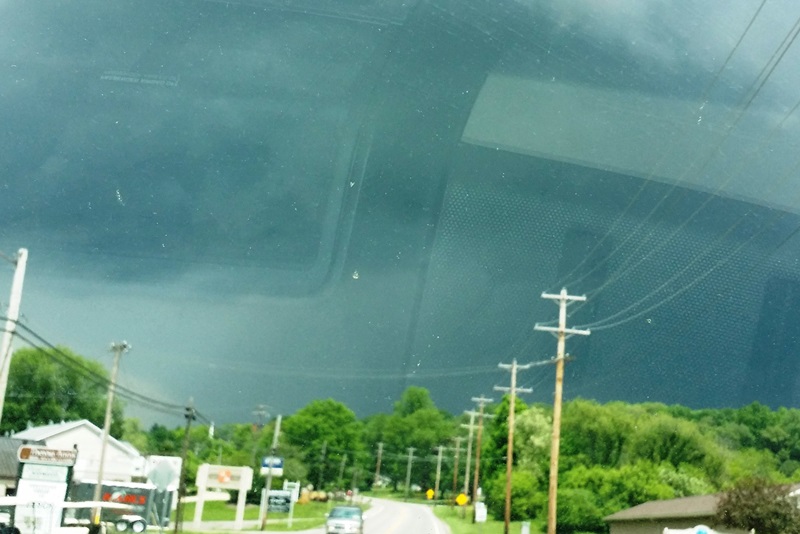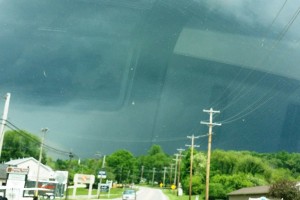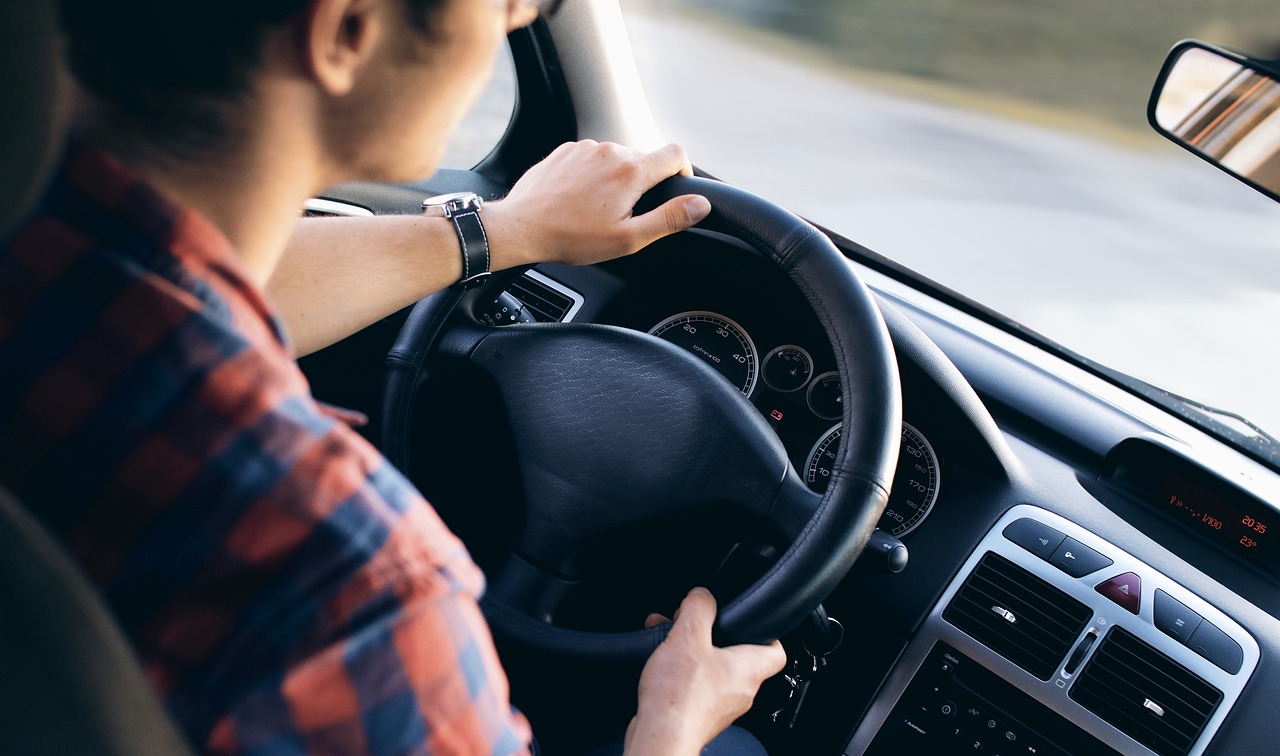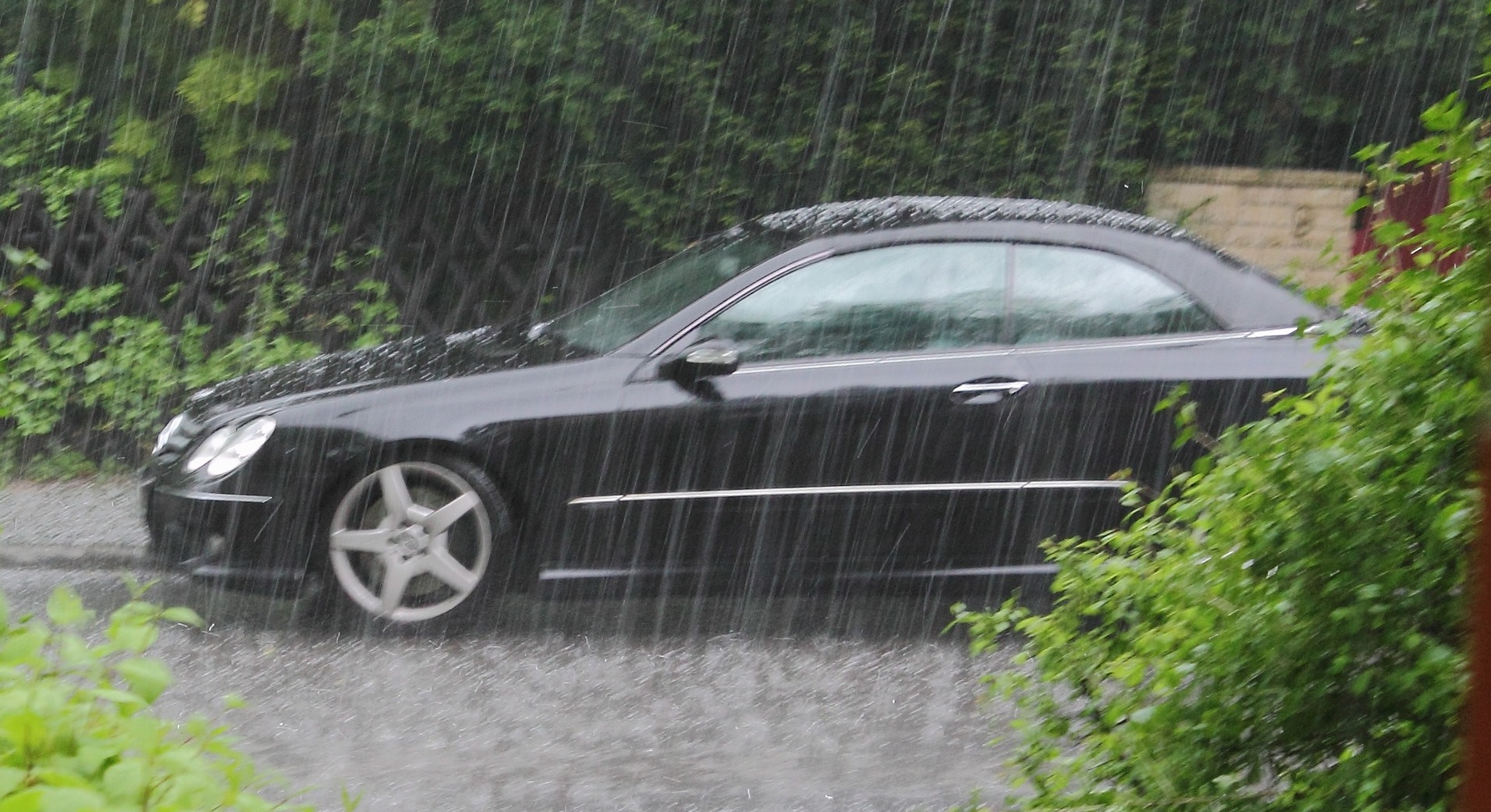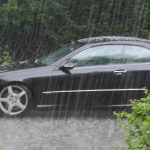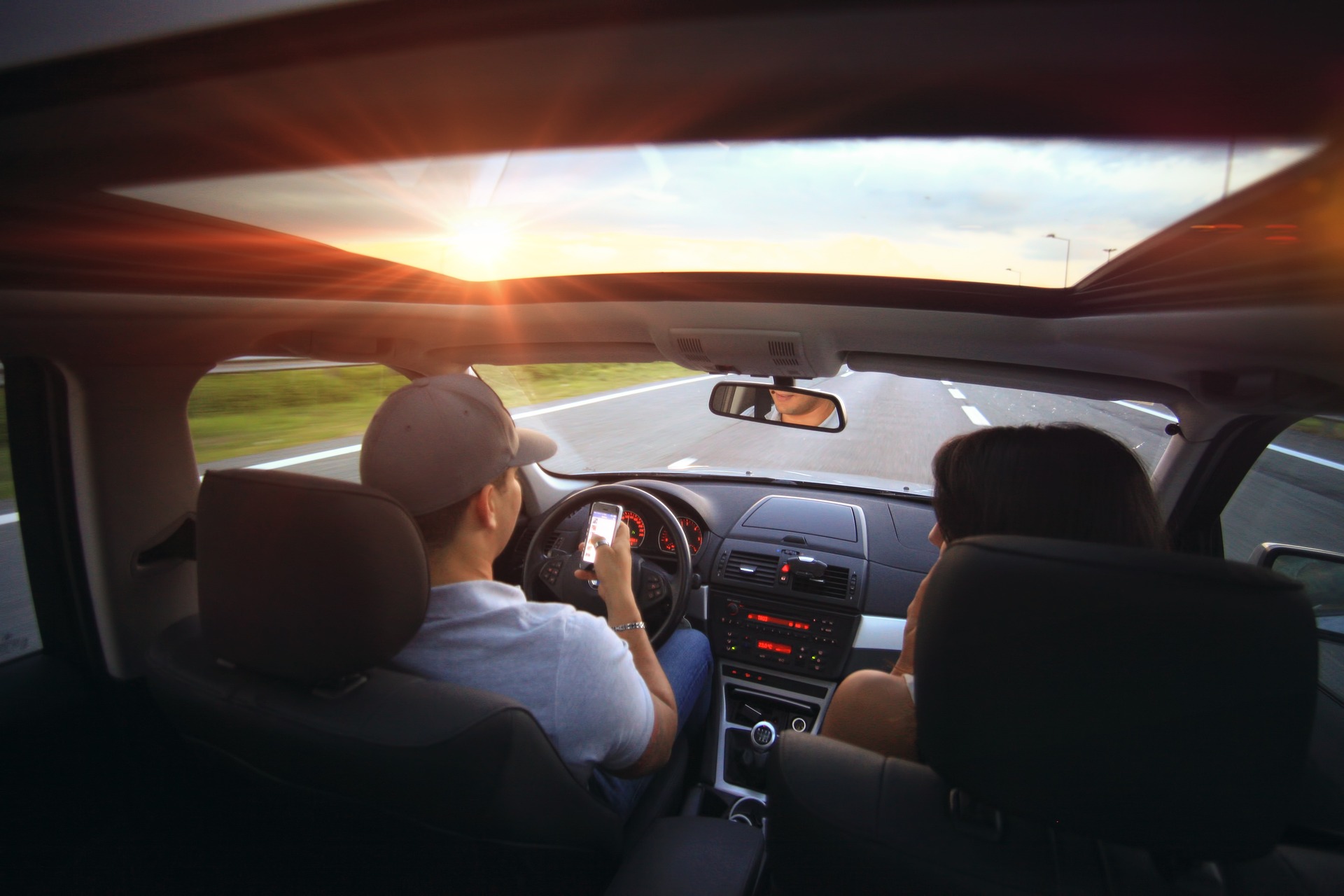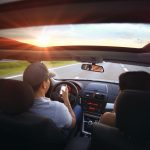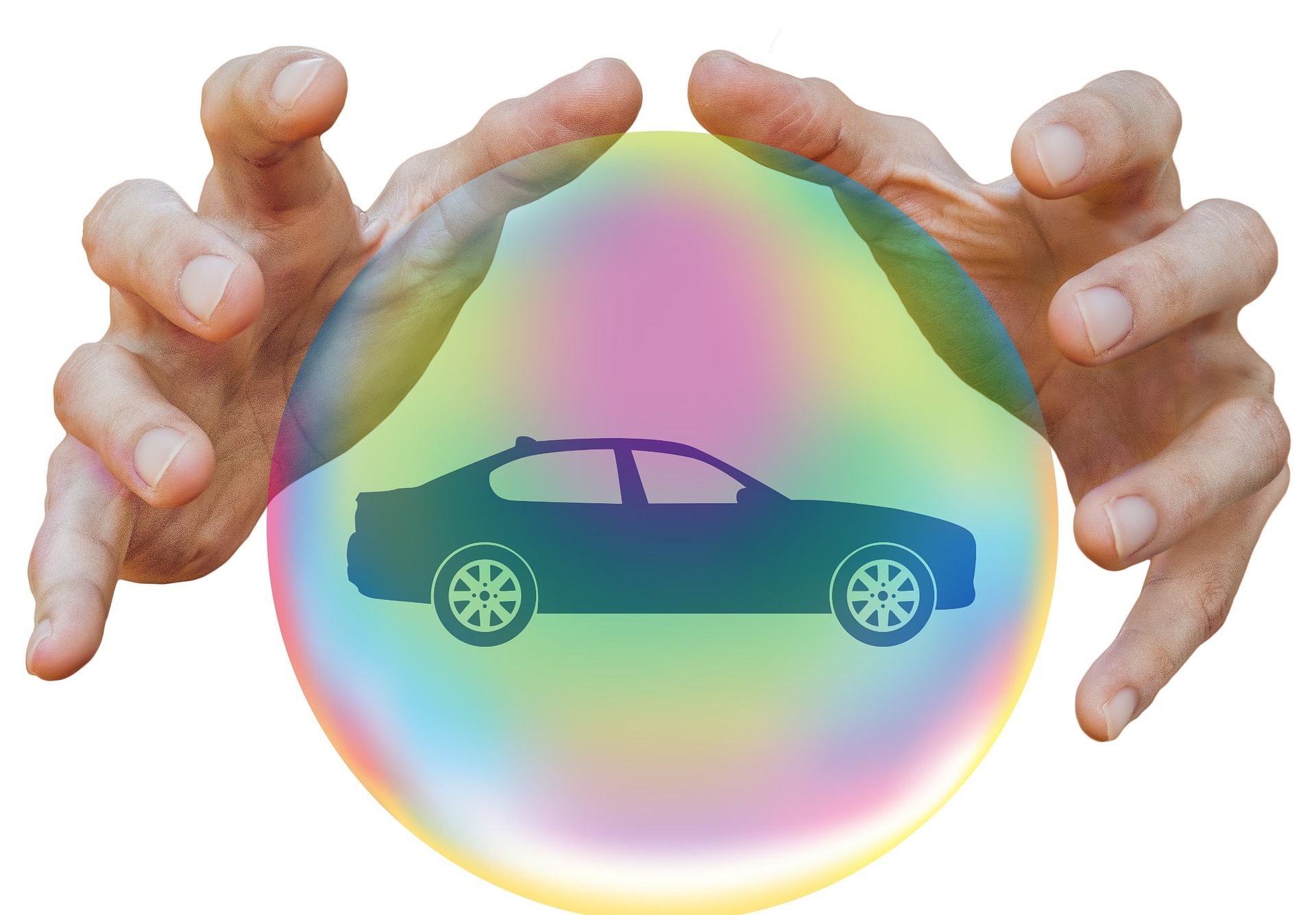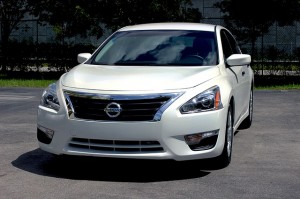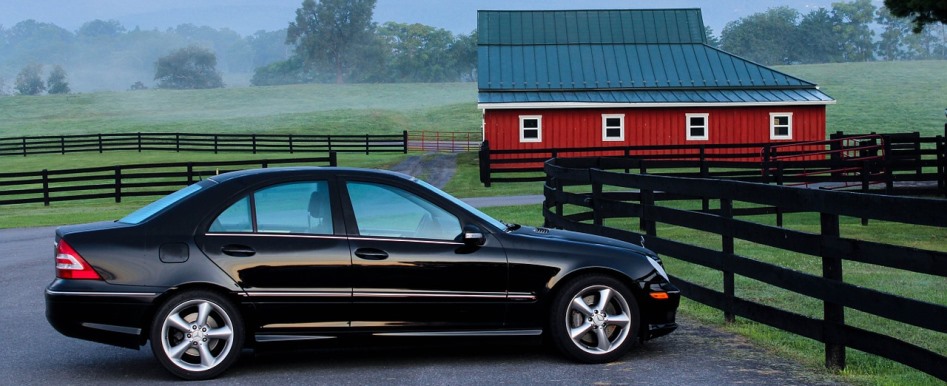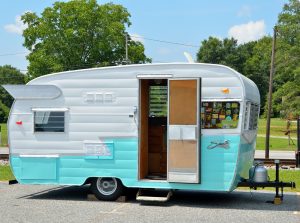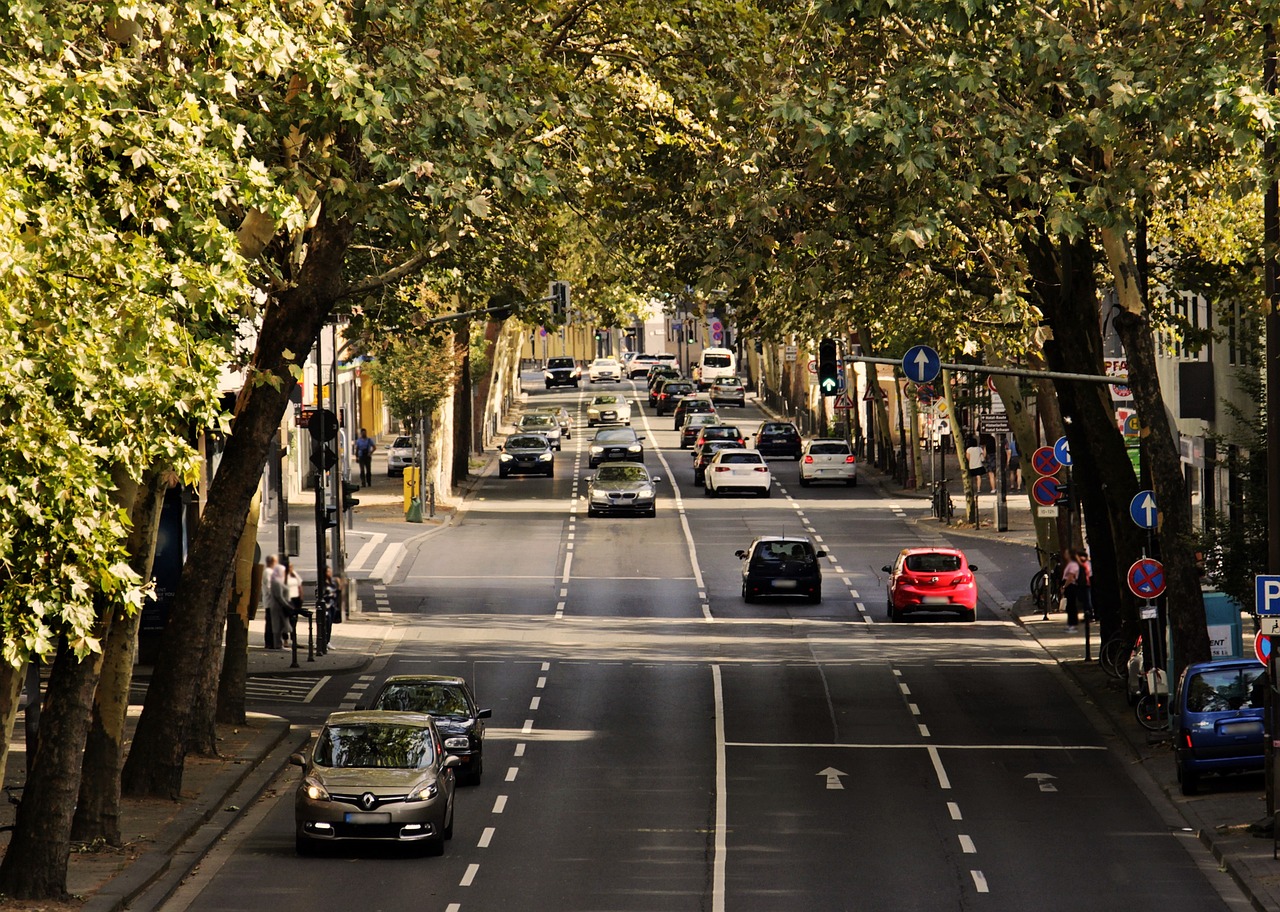
 Auto insurance is one of the most frequently purchased types of coverage in the United States. However, while these policies may be common, they can still be complex and nuanced. Policyholders must be diligent and meticulous to ensure they fully understand their auto coverage and have ample financial protection.
Auto insurance is one of the most frequently purchased types of coverage in the United States. However, while these policies may be common, they can still be complex and nuanced. Policyholders must be diligent and meticulous to ensure they fully understand their auto coverage and have ample financial protection.
One of the most common and crucial components of an auto insurance policy is adequate auto liability coverage. Any time a driver gets behind the wheel, they risk being involved in accidents that could harm others and incur devastating financial consequences. This article provides an overview of auto liability coverage and its importance.
What Is Auto Liability Coverage?
The liability portion of auto insurance is strongly advisable and is usually required by law. Although minimum requirements may vary among states, all drivers are generally mandated to carry certain liability coverage to ensure they can pay for losses for which they are at fault.
Liability coverage can insulate drivers from significant losses affecting third parties, including the following:
- Bodily injury—If a policyholder is responsible for an accident that injures another party, such as a pedestrian or occupants of another vehicle, this coverage can help pay resulting expenses, such as:
- Medical bills
- Lost wages
- Legal expenses
- Property damage—If a policyholder is at fault for damaging someone else’s property, such as by colliding with another vehicle or crashing into a building, this coverage can provide financial assistance to compensate affected parties and pay for costs arising from resulting lawsuits.
Most auto insurance includes three separate liability limits within a policy. These clauses establish the maximum amount of financial aid capable of being covered and generally are listed as the following:
- Bodily injury liability limit per person
- Bodily injury liability limit per accident
- Property damage liability limit
Another type of coverage that could help you financially protect yourself in an accident is uninsured/underinsured motorist coverage. This coverage, which is sometimes sold separately as uninsured motorist coverage and underinsured motorist coverage, can often be added to your personal auto insurance policy to help you avoid high out-of-pocket costs if you’re involved in an accident with a driver who doesn’t have any liability coverage (uninsured motorist coverage) or doesn’t have enough liability coverage (underinsured motorist coverage).
Ensuring Adequate Coverage
Motorists should consult with a qualified insurance professional to understand applicable auto insurance requirements. Failing to comply with relevant laws could lead to significant fines and legal penalties. Their lender may also require those who purchased their vehicles with the help of an auto loan to adhere to additional requirements.
Even if not mandated to do so, carrying sufficient auto liability coverage is strongly advisable. Without suitable insurance, an accident could lead to devastating out-of-pocket costs that jeopardize a driver’s financial situation.
It’s also essential to understand the limitations of auto liability coverage, which should not be relied upon to cover a policyholder’s own losses. Such financial assistance generally must be acquired through including additional coverages in an auto insurance policy, such as the following:
- Collision coverage—This may help pay for damage sustained by a policyholder’s vehicle resulting from striking another car or stationary object (e.g., building, fence, tree)
- Comprehensive coverage—This may provide coverage for incidents not included in collision coverage, such as fires, crime and severe weather.
- Medical payments coverage—This may provide financial assistance for a policyholder and their passengers if they are injured in an accident, regardless of who was at fault.
Making Sure You’re Covered
Auto liability coverage is an essential form of financial protection for any person who owns or operates a motor vehicle. For more information or guidance regarding optimal auto insurance solutions, contact Rinehart, Walters & Danner today.

 If you’ve ever shopped around for insurance, you’ve likely been asked if you want to bundle your policies. In other words, combine your home or renters, auto and life insurance policies with the same carrier. Although you have the option to shop around individually for each policy, it almost always makes sense to have the same carrier cover as many of your policies as possible.
If you’ve ever shopped around for insurance, you’ve likely been asked if you want to bundle your policies. In other words, combine your home or renters, auto and life insurance policies with the same carrier. Although you have the option to shop around individually for each policy, it almost always makes sense to have the same carrier cover as many of your policies as possible.